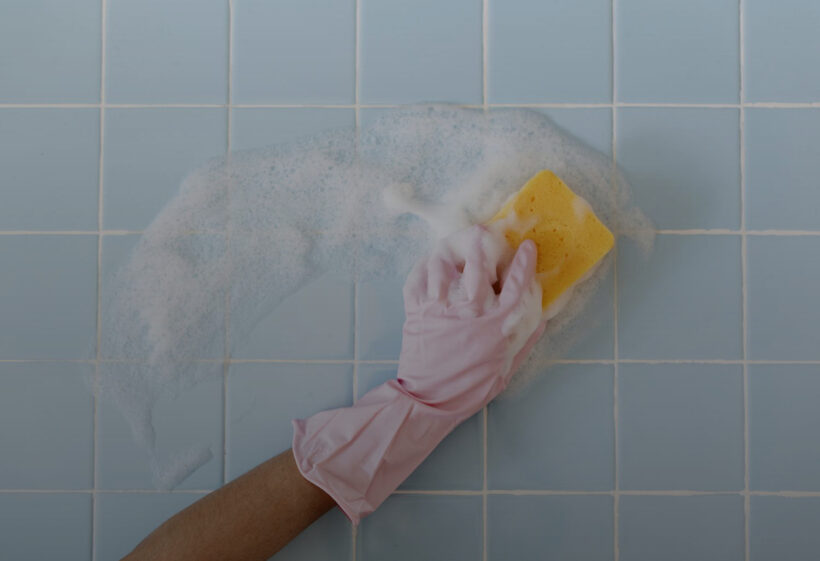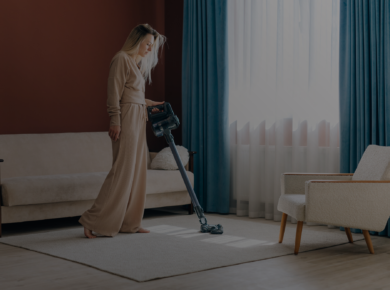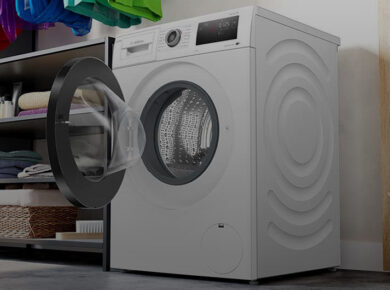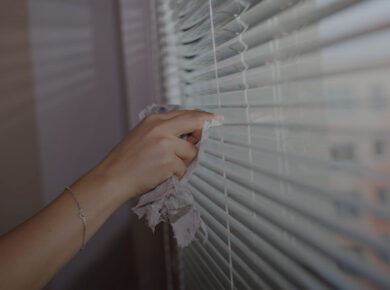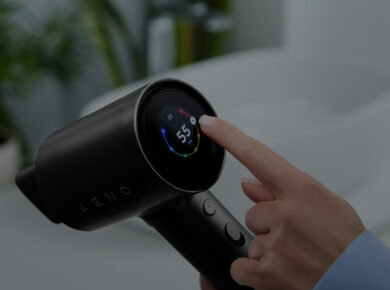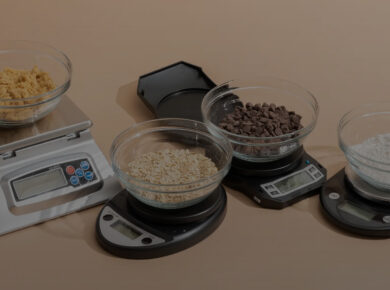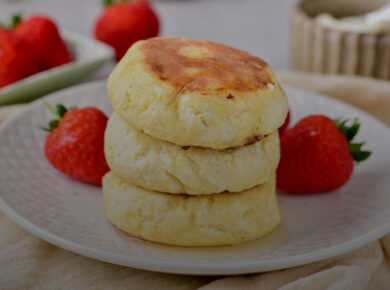Cleaning Bathroom Tiles
Are you battling soap scum, water stains, or persistent mold in search of the most practical methods for cleaning wall tiles? Do not rush into despair. Slip on your gloves, turn up the music, and enjoy making your bathroom polished. After all, we are here to tell you how you can do it without extra effort!
Why Do Bathroom Tiles Get So Dirty?
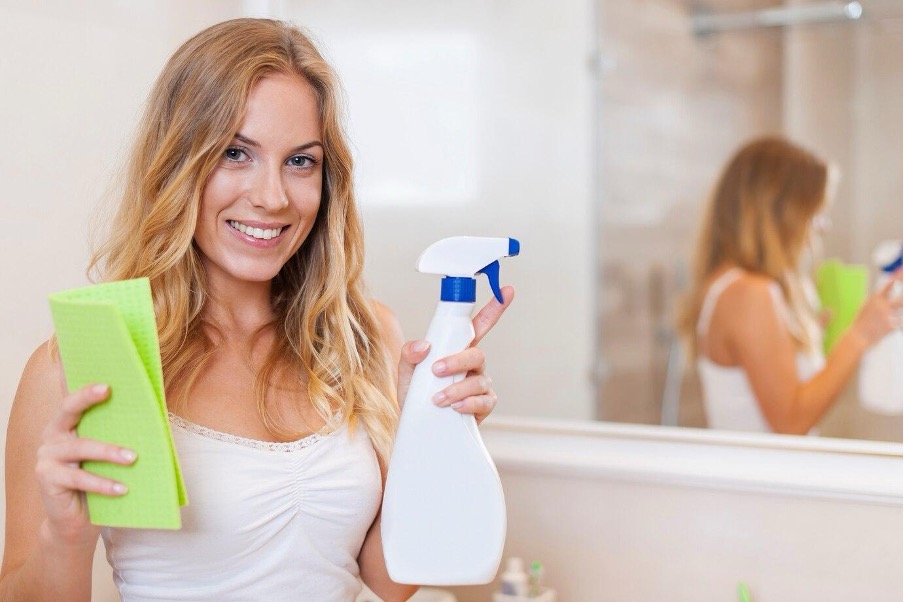
The bathroom is one of the most frequently used spaces in any home. It is a place where you can feel yourself clean and fresh. However, while you shine, bathroom tiles do not look so polished after daily showers. And yes, it can make you fret. Luckily, you can take proactive steps to maintain cleanliness by understanding the reasons behind tile dirtiness. Let’s explore the hidden culprits that threaten bathroom hygiene.
Soap scum
You know the cloudy, sticky film clinging to your ceramic surfaces. It’s appears when soap scum, minerals from the water, and body oils residue on tiles.
Soap contains fatty acids that chemically react with the minerals in hard water. The water evaporates, leaving a white, sticky residue on the tile. This buildup can happen quickly, especially if you enjoy long, hot showers.
How to avoid it?
Opt for liquid shower gel instead of bar soap ― the former contains less fatty acids. Moreover, remember to rinse the tile after each shower to eliminate soap residue. Consider spraying a mixture of vinegar and water daily to tackle the film before it can form.
Cloudy stains from hard water
Have you ever spotted white or chalky deposits on your tiles? This residue comes from hard tap water, which is a build-up of calcium, magnesium, and other minerals.
As water evaporates, the minerals are left behind. Over time, they create a hard, chalky crust on the tiles and grout. The higher the mineral content in your water, the quicker the stains will develop.
How can you prevent it?
Wipe the tiles with a dry towel after showering. Remember to use a squeegee to eliminate excess water. If your water is hard, consider installing a water softener.
Interesting fact: People who live in areas with hard water spend twice as much time cleaning their bathrooms as people with soft water.
Mold
Mold is an unwanted visitor to any bathroom. It thrives in damp conditions and often resists any efforts to eliminate it.
Mold grows in bathrooms because of consistently high humidity levels and lack of ventilation, which traps moisture. It feeds on soap scum, dust, and even skin cells (gross, but true).
How can you prevent mold?
Turn on an exhaust fan and leave the bathroom door open after showering (if possible, open a window, too). Wipe down damp surfaces right away. Spray the grout weekly with a vinegar and water solution to keep mold at bay.
Dust and hair
Have you ever cleaned your bathroom to discover clumps of hair and dirt stuck to the tiles? Trust us, you’re not alone!
Why does this happen?Hair falls out every time you shower. Moreover, dust from towels, toilet paper, and particles in the air settle on damp surfaces. When mixed with soap residue, all this creates a sticky layer on the tiles.
How can you avoid it?
Sweep or vacuum the bathroom floor every day. Regularly wipe down surfaces with a microfiber cloth. Moreover, keep a lint roller handy to quickly pick up hair from the surfaces.
Cosmetic residue
Bathroom tiles gather everything we use in the shower, including shampoos, conditioners, body scrubs, and lotions.
Why does makeup cling to tiles? Many products contain oils and silicones that are difficult to wash away. They leave a thin, slippery layer on the tiles, which attracts dust and dirt and causes them to appear dull.
How can you prevent it?
Try to use a minimal amount of product. Rinse the walls and shower doors after applying hair conditioners or body oils. Remember to give the tiles a quick wipe after each shower.
Grout is a dirt magnet
Even the most humble grout can become a significant dirt collector. It soaks up water, soap, and dirt like a sponge. Over time, grout can become discolored and grimy, especially if not properly maintained.
Why does grout get dirty so quickly?It traps moisture, mold, dust, soap scum, and more. If you don’t seal the grout, it will soak up everything around it and be nearly impossible to clean.
How to keep grout clean?
Seal the grout once a year to prevent stains. Clean the grout weekly using a mixture of baking soda and vinegar. A toothbrush can effectively tackle stubborn stains.
The Best Ways to Clean Bathroom Wall Tiles
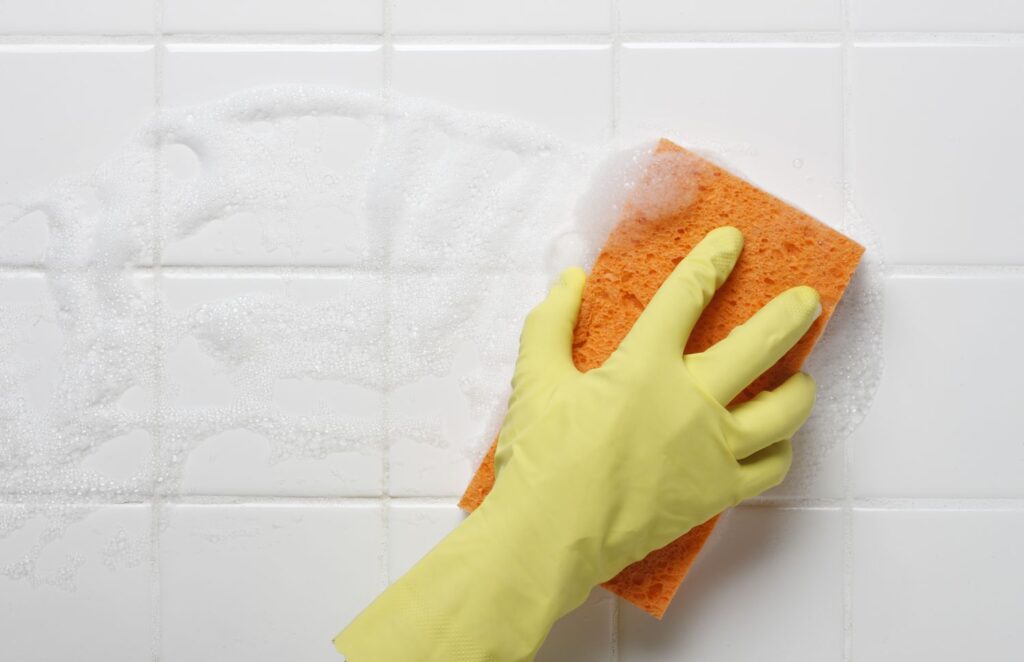
We’ve finally approached the most intriguing part of our article ― the most effective and easy methods to eliminate annoying dirt.
The Classic Vinegar and Baking Soda Trick
If you prefer natural cleaning methods, this one is perfect for you. You will need the following:
- 1 cup white vinegar;
- 1/2 cup baking soda;
- Warm water;
- Sponge or microfiber cloth;
- Spray bottle.
How to clean:
- Combine vinegar and warm water in a spray bottle.
- Spray generously onto the tiles and let it sit for 10–15 minutes.
- Create a paste using baking soda and a small amount of water.
- Apply the paste to tough stains or grout lines.
- Scrub with a sponge and rinse with clean water.
Vinegar helps dissolve mineral deposits, while baking soda removes dirt and stains.
Dishwashing liquid and warm water
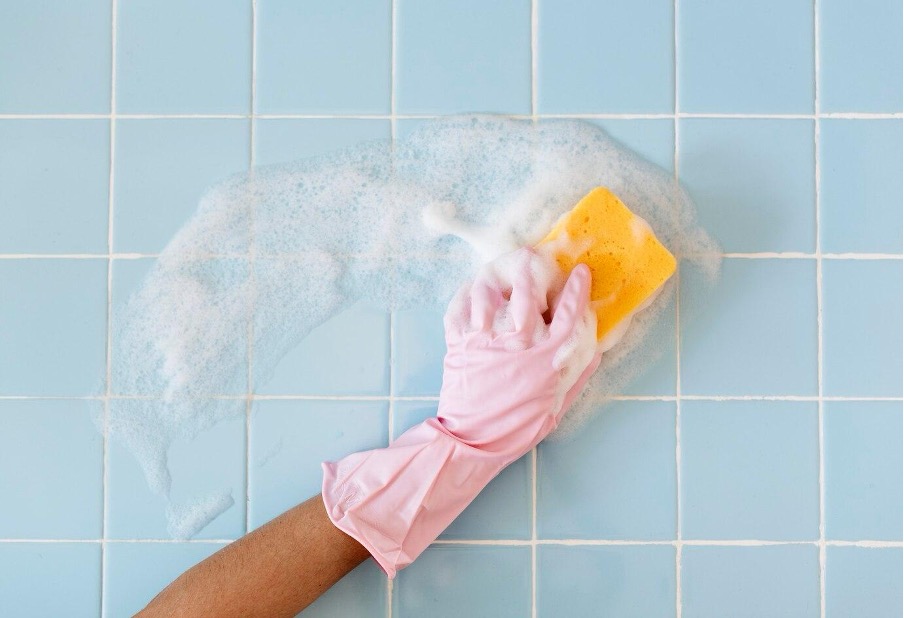
If you want a quick wall tile cleaning, dishwashing liquid is a great option. What you’ll need:
- 2 tablespoons of dishwashing liquid;
- 2 cups of warm water;
- A microfiber cloth or sponge.
How to clean:
- Combine the dishwashing liquid with the warm water.
- Soak the cloth or sponge in the mixture. Wipe down the tiles.
- Rinse with clean water and dry with a towel.
Dishwashing liquid effectively cuts through grease and grime without harming the tiles.
Hydrogen Peroxide for Tough Stains
Dealing with mildew or stubborn yellow stains? Hydrogen peroxide is here to help. Take the following:
- 1 cup of hydrogen peroxide;
- 1 tablespoon of baking soda;
- An old toothbrush or scrub brush.
Combine hydrogen peroxide and baking soda and apply the mixture to moldy spots or stained grout lines. Let it sit for 10 minutes and then scrub with a toothbrush and rinse with water.
Hydrogen peroxide eliminates bacteria and mildew, brightening your tiles.
Steam cleaning for optimal results
Do you own a steam cleaner? It’s the best way to clean wall tiles without using chemicals.
How to clean:
- Fill the steam cleaner with water.
- Aim the steam at the wall or floor, paying special attention to the grout lines.
- Wipe down with a microfiber cloth.
High temperatures break down soap scum and dirt. Say goodbye to scrubbing the walls with a sponge or mopping the floor ― the steam cleaner will handle it all!
How to Keep Bathroom Tiles Clean Longer
Washing tiles once is great, but maintaining them clean is essential. Here are some helpful tips you can use.
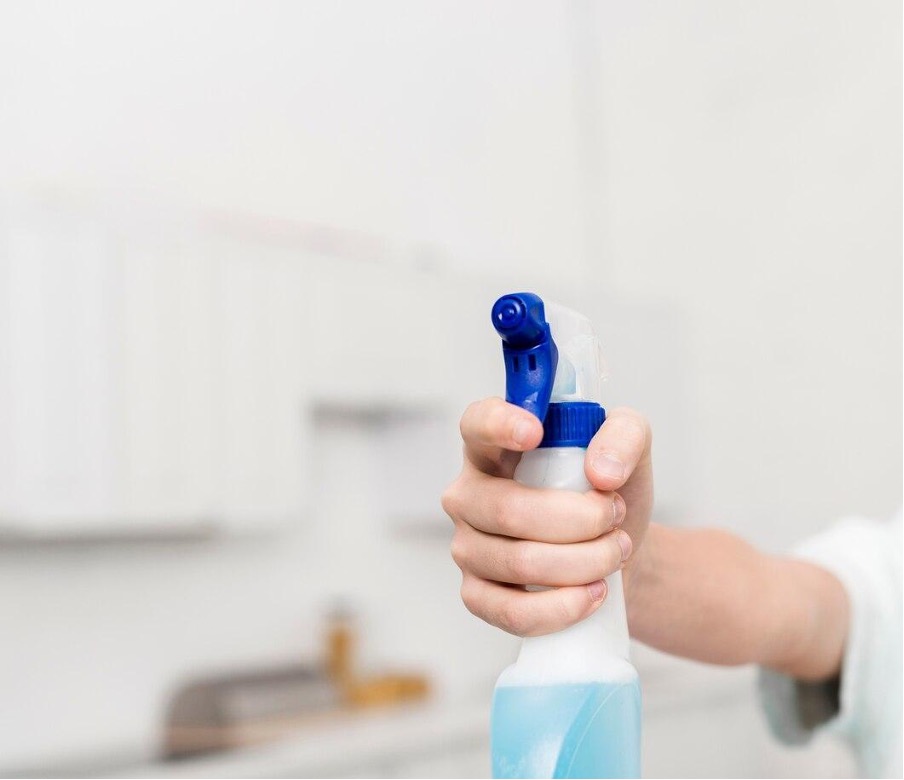
- After each shower, dry the walls and mirror with a soft material. You will reduce water and soap stains, which are especially noticeable on glossy surfaces like marble.
- Ensure there is enough ventilation in the bathroom. Keep the door (or window) open, and consider installing an exhaust fan ― it will prevent mold.
- Do the wall tile cleaning daily with an organic mix of water and vinegar. Just a couple of minutes ― and your tiles are clean and shiny again.
- Seal the grout once a year to prevent dirt absorption and maintain its original color.
- If the above methods of combating mold do not help, contact specialists. It may be that reducing humidity in the room requires more comprehensive efforts throughout the entire apartment, not just in the bathroom.
What NOT to Do When Cleaning Bathroom Tiles
Remember that wrong cleaning can damage tiles and make things worse. So, here’s what you should not do:
- Avoid using harsh abrasives. Steel wool can scratch the surface of the tiles.
- Don’t use oil-based cleaners. They can leave a slippery, sticky residue.
- Avoid bleaching colored grout. It may cause discoloration over time.
- Don’t allow soap scum to accumulate. The longer you wait, the more difficult it becomes to clean.
The Secret to Sparkling Tiles
Now that we’ve covered how to clean bathroom tiles, keeping them neat won’t feel daunting. Proper methods make it easy to keep your bathroom fresh and tidy.
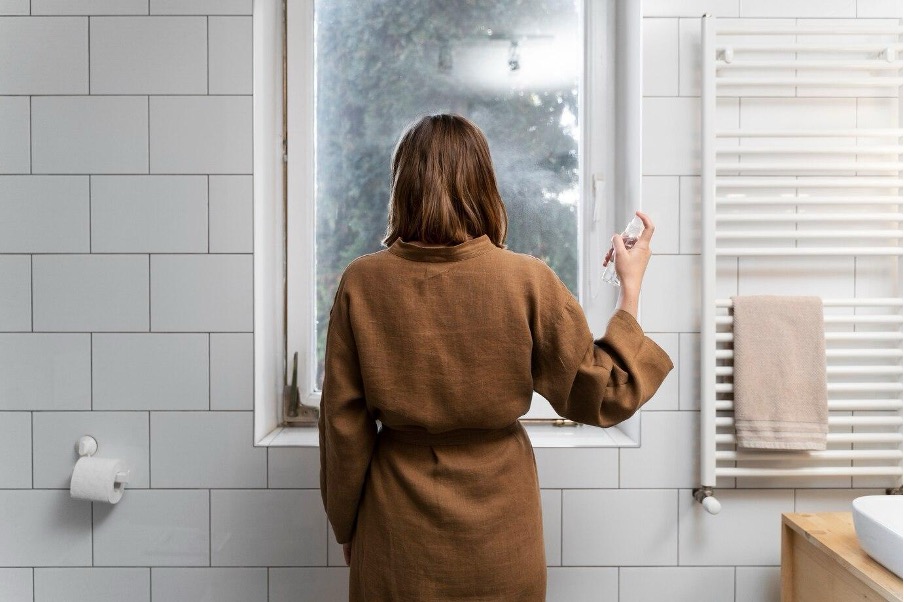
So, the next time you step into the bathroom and see those dull, dirty tiles, you’ll have the perfect solution. We hope your cleaning experience is nothing but enjoyable!
